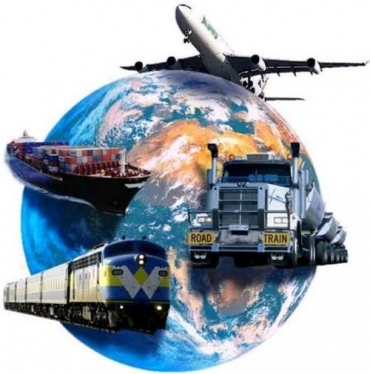Reverse Logistics involves those kinds of processes and procedures that are related to making materials and products reusable. You can also use it is a process where goods are moved from their final destination with the intention of capturing value or making it appropriate for disposal.
Refurbishing and remanufacturing are those processes that come under the diameter of reverse logistics. The main idea of the process is to bring the product closer to the consumer. The activity is carried out in a way so that the supply chain moves one step back as far as resource is concerned. In this process you will see the goods go to manufacturer or the distributor from the consumer.

Procedures and Techniques
Recycling of material and products is nothing new in the contemporary world. For a long time we have seen that water paper recycles, metal scrap recycling along with soft drink bottles recycling is a common phenomenon. With the revolutionary technique of reverse logistics, a surge has been created.
In the supply chain network, the product of the manufacturer goes to the distributor. Reverse logistics thus involves the procedural techniques that are implemented after the sale of the product. It is the responsibility of the manufacturing unit to undertake processes for checking the defective product, then repairing it after dismantling the product and then even undertaking those procedures that are necessary for recycling the product. Thus, the product will follow the reverse pattern in the network of supply chain to ensure that it is made usable.
To understand the programs and strategies of reverse logistics, you need to keep certain things in mind. This will help you avoid instances of reverse logistics as these signs often accompany dilemmas of reverse logistics.
- Only small percentage of the firm is entailed by reverse logistics but saving that can help the firm have a competitive advantage.
- Reverse logistics are also mostly result of over production or miscalculation about the demand patterns and also lenient allowances of return.
- Any product remains for a longer time in reverse channels as compared to forward channels. This increases the cost of warehousing and even transportation. Sometimes it also lowers the rate of revenues due to degradation of the product.
- From the financial aspect, many small sized firms are not able to recover value from reverse logistic activities and neither are they able to value the assets that are saved by implementing such processes.
- Reverse logistics are either managed by a single firm or by few firms but it is usually not done among the members of the supply chain.
- Apart from delivering the product it is also necessary to handle the product in an efficient manner. Thus, it is advisable to follow a life cycle approach.
- In forward and reverse logistics, the type of transportation and warehousing employed is different. Thus, the differences need to be taken into account for best results.
Specialty skills are very necessary to deal with problems of reverse logistics as goods might be returned with or without packaging. Thus, they should be handled well.

